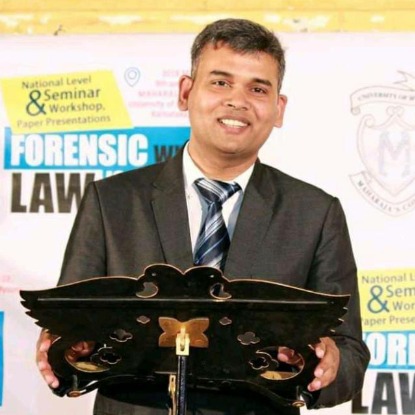Video Spectral Comparator (VSC-4): This tool consists of various light sources and an adjustable recording device that automatically adapts to different angles and is used to detect inks and dyes present in a document.
Electrostatic Detection Apparatus (ESDA): It is a device used to decipher indentations in writing that are present on a paper underneath the original sheet, caused by the pressure of the writing instrument. This instrument is non-destructive and highly sensitive in their operation, capable of deciphering content even from indentations that have been present for years.
Stereo-Microscope: It produces an enlarged view of the exhibit document, which helps in close examination of the minute details of writing and characteristics of the writer.
Miscope: It is a portable microscope with various light sources and is used to decipher the obliterated writing. It includes a camera to capture the results.
Ultra-Violet Lamp: This device comprises a lamp that emits UV light and deciphers faded writing by illuminating the UV region.
DSLR Camera: The camera captures high-resolution images of the exhibits and results for record preservation.
Rofin's Poliray: It is a portable 75W light source, which provides a focused and bright beam, for examining minute handwriting characteristics.
Colour Filters: These are used with the Poliray, to enhance focus on specific colors, either individually or in combination, for better examination.
Scanner: It is used to scan the exhibit (document) at high resolution, for detailed study of document features at high magnification.
Ring Light Illuminators: They are white light illuminators that focus bright light onto the exhibit (documents).
Spherometer: This instrument measures paper thickness, contributing to authentication of documents, especially for multiple page documents.
Grids & Rulers: These are used for marking and measuring document size and handwriting features and are also used during live-size photography.
TLC Kit: This kit comprises TLC chamber, TLC plates, and various chemicals, and is used for ink analysis.

